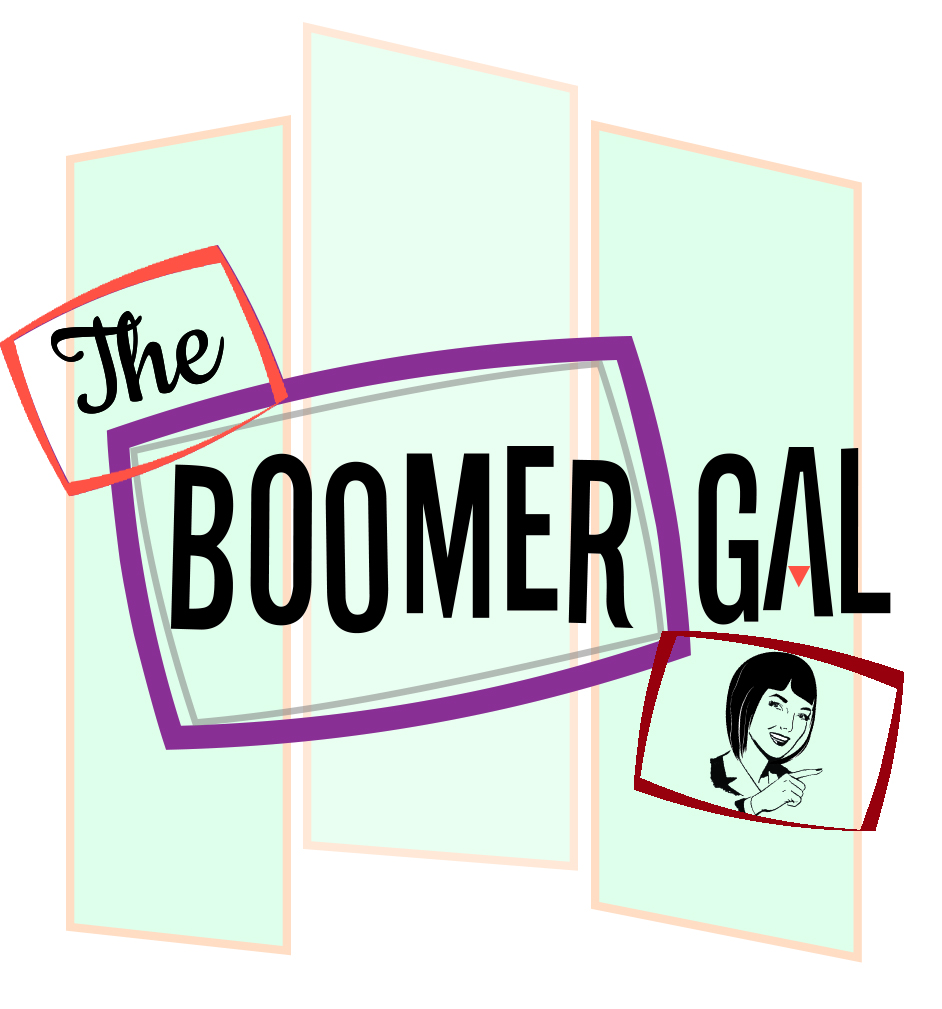Visual Learners Rejoice!
 Or maybe we should say visual learners have a choice. Either way, I have long been intrigued by the concept that there are different types of learners. I’m not sure that teachers knew, or necessarily cared, about that when I was in school a million years ago. It was more of a one size fits all approach to learning then.
Or maybe we should say visual learners have a choice. Either way, I have long been intrigued by the concept that there are different types of learners. I’m not sure that teachers knew, or necessarily cared, about that when I was in school a million years ago. It was more of a one size fits all approach to learning then.
But having seen all of my own children navigate through grammar school at this point, it’s obvious that the studies are telling us something. The implications of the fact that there are multiple types of intelligence and various styles of learning need to be taken into account when we communicate.
Imagine the impact this could have on your business marketing. If I told you that it was a fact, approximately 65% of the population are visual learners, what would that mean to you?
How to Define Visual Learners
A visual learner is someone who absorbs information, concepts, data and ideas BEST when they are associated with images. Whether by default or necessity, advertising has long been an image driven medium in print and on television.
There are auditory learners (which is listening to learn: think podcasts and lectures) and kinesthetic learners (which is physically doing or moving to learn: think dancing and surgery) but it’s the visual learner that makes up the lion’s share of us.
Did you know that our brain can process visual information 60,000 times faster than it can process text?
Visual learners are best at collecting information with their eyes which includes reading by the way. Don’t you think that having images that convey your message, in terms of your business marketing, are not just important but maybe even ideal?
That 65%, those visual learners, remember details and ideas in picture form. They watch TV to relax. They tend to remember people’s faces but not their names. (That is me all over and inside out by the way) Visual learners can be distracted by clutter. Keep that in mind when you’re creating your website, business card or logo.
Clutter is a distraction.
A visual learner will typically absorb a new idea by reading about it. That makes blogging important, AGAIN [she says with great emphasis]. And if a picture is worth a thousand words, well, now you understand why, because so many of us are visual learners.
Pinterest Marketing and Visual Learners
Pinterest is ANOTHER social media platform. Don’t get your panties in a bunch…I know there are a lot of them and that you can’t possibly be expected to keep up. But this is important in light of our visual learner discussion.
Though Pinterest is young, only coming on the scene in 2010, it quickly became mentioned in the same breath as Twitter and Facebook. It’s reach is not at the level of these larger platforms but it’s still a powerhouse in it’s own way. I believe that phenomenon is true because so many of us are visual learners.
In a nutshell, Pinterest encourages you to “pin” images on a virtual cork board the same way you would pin stuff to a real cork board in your office. What’s cool about Pinterest is that you can share your images on your boards and people who follow you can re-pin your stuff onto their boards. This is the social sharing aspect of digital media at work in a VERY visual way.
Images capture our attention and Pinterest has leveraged that in the extreme. So again I challenge, what could this mean to your local business and small business marketing?
Today I want you to look at your website as a visual learner would. Is it cluttered? Do the images convey your message? Does the text convey your message when you look at it rather than read it? In other words, do the bullet points and bold words add up in a way that relates your message? I can’t tell you how often I’ve looked at store window display signs with text where the bold words only, when read as a sentence, have a completely different meaning or message than the sign as a whole intended to convey.
Don’t think about the meaning of all the copy but how it comes across as an image tool to someone who is going to take it in at a glance. Do the same thing for your business card. Are you so intent on giving all your contact information and abbreviated resume or skill sets that you’re missing the branding opportunity?
First impressions really do matter, so take a good hard look at what yours is saying on all printed and digital media. Try using Pinterest marketing to cater to the 65% of us who are visual learners, regardless of what business niche you’re in.
